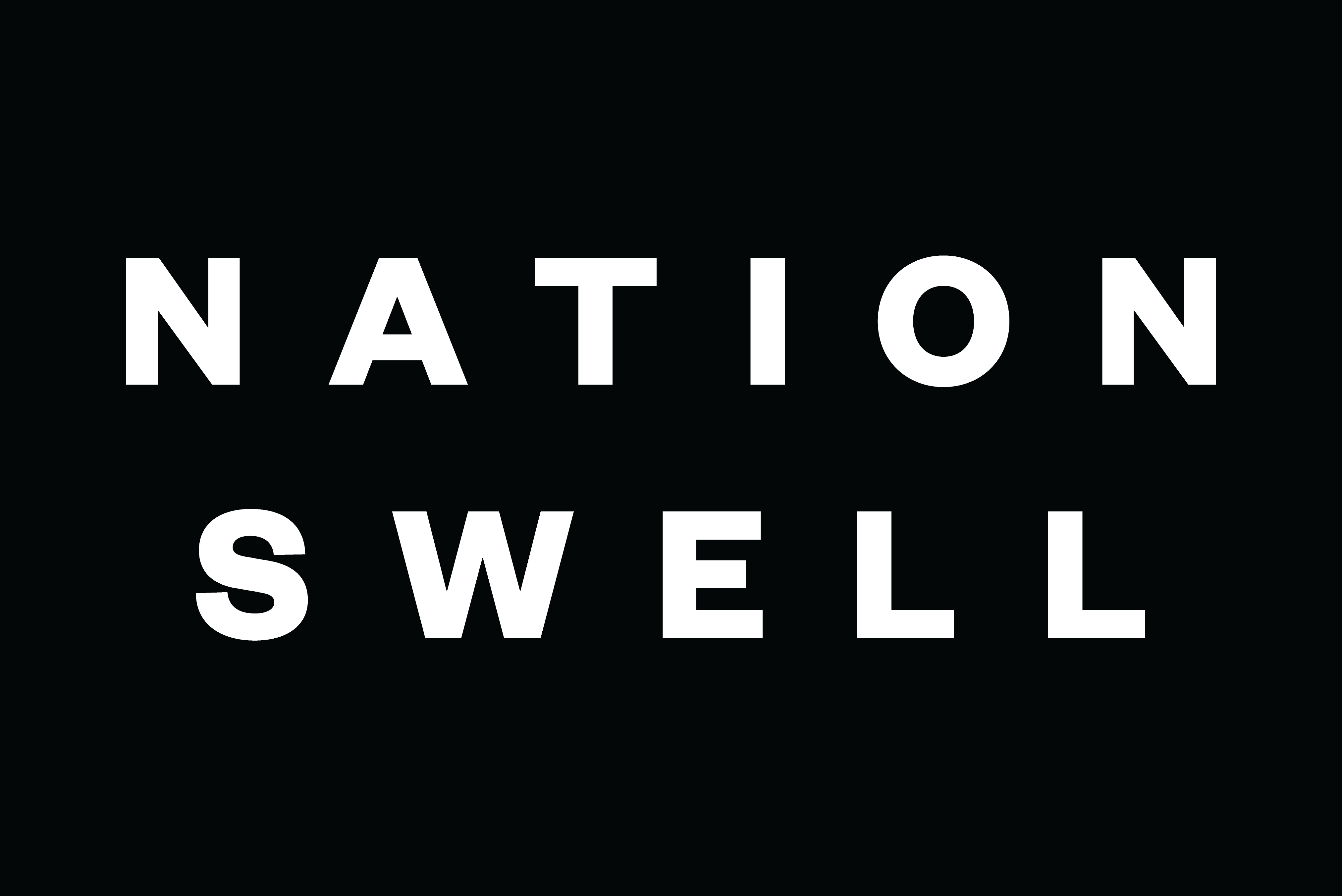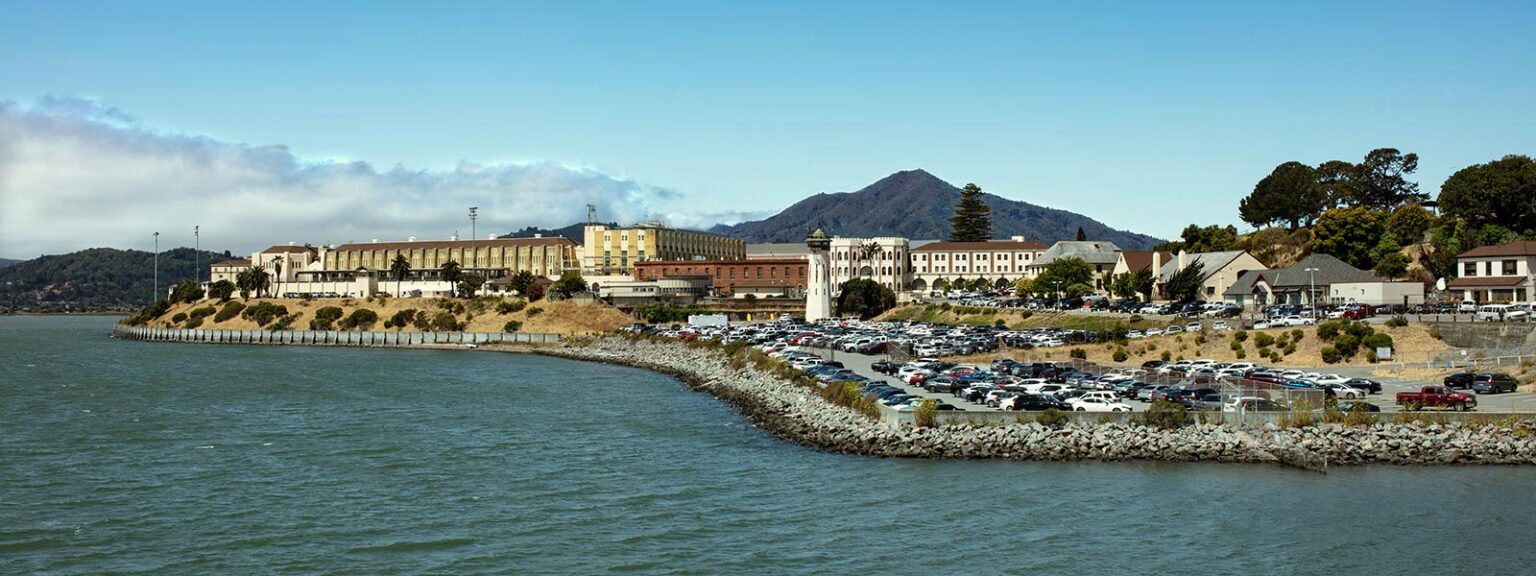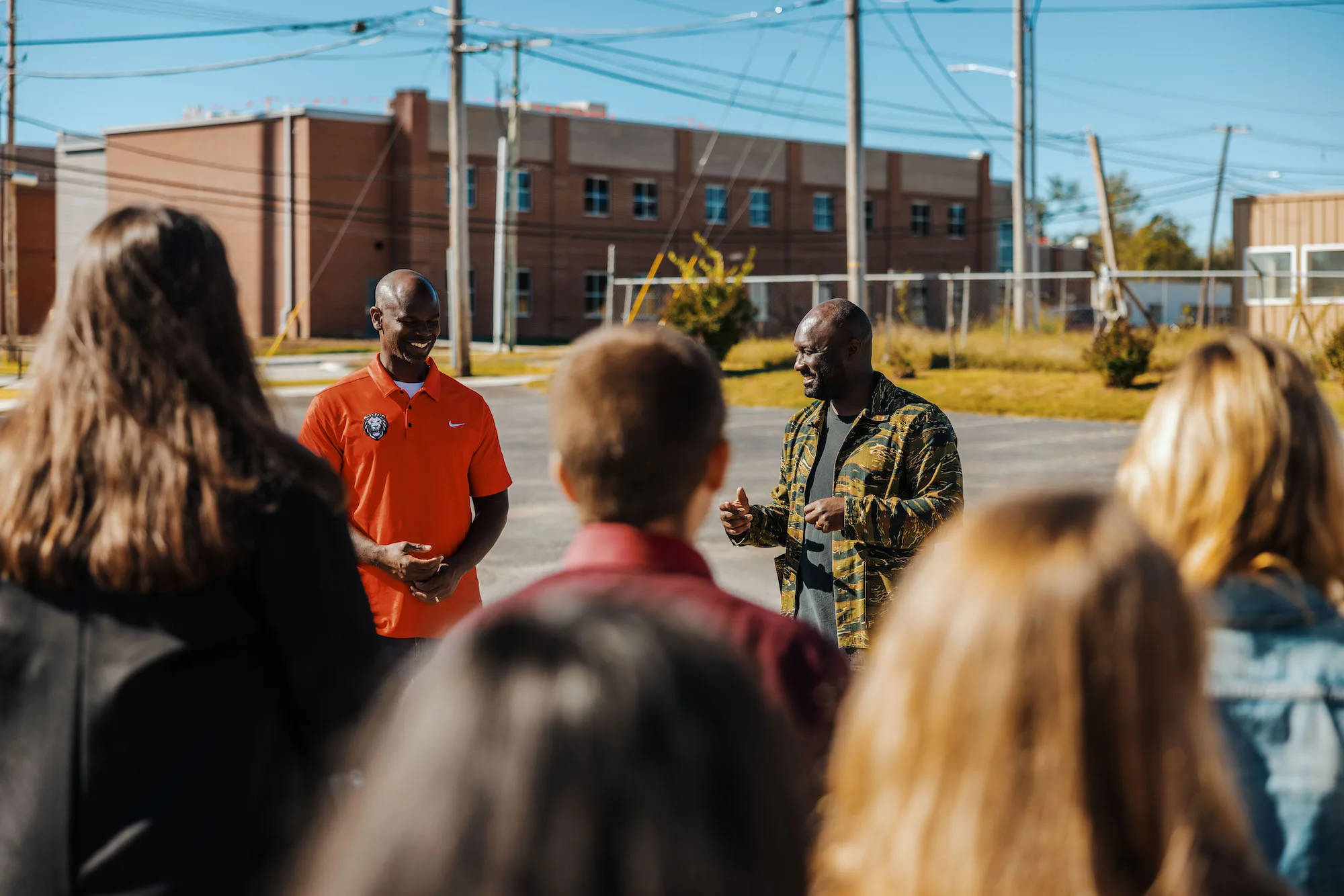As political turbulence converges with new return-to-office mandates, AI-driven labor disruption, and shifting workplace power dynamics, now is a good time to ask: are the employees alright? Data shows employee engagement is at a 10-year low, and impact leaders may have an important role to play in creating a positive inflection.
On May 1, NationSwell brought together cross-sector leaders to explore strategies for fostering authentic employee connection, sustaining momentum on social impact, and navigating changing internal expectations in an era of heightened scrutiny. Some of the key takeaways from the event appear below:
Takeaways:
Anchor employee engagement in business-critical priorities. Programs that connect directly to strategic business goals are more likely to endure through organizational change. At one company, engagement efforts were preserved during a leadership transition by aligning volunteerism with learning, development, and belonging. A measurement framework built in collaboration with people analytics helped secure executive support.
Use measurement as a lever for influence. Data creates the language leaders listen to. One company links employee voting on grant recipients to follow-up participation, showing that 75% of those who vote go on to volunteer. Another organization uses data to understand volunteer participation, and found that 80% of promoted employees were active volunteers. By surfacing these data points and aligning them with talent outcomes, leaders are better positioned to communicate the ROI of engagement programs.
Earn employee trust through transparency. Employees crave clear, consistent communication, especially in uncertain times. Multiple participants emphasized the value of regular, authentic updates, both from leadership and peer-driven campaigns. “Unmute yourself” emerged as a motto: don’t wait for perfect messaging; lead with openness and frame updates with “this is what we know right now.”
Model the behavior your culture aspires to. Culture is shaped by visible actions at the top. Regular leadership communications about personal boundaries, time off, and volunteerism can help normalize healthier habits across an organization. Creating regular forums for open dialogue – modeling transparency and presence, even without perfect answers – can build trust and empathy across teams.
Design with accessibility in mind. Reaching frontline and distributed employees requires intentional design and policy choices. One company adapted their engagement communications for workers in warehouses and on the road, using QR codes, mobile-friendly newsletters, and on-site leadership champions. These adjustments helped employees without company email or office connect with impact opportunities.
Create intentional space for human connection. Structured time for reflection, learning, and emotional engagement is beneficial for employees, especially in remote-first cultures. One organization holds monthly no-meeting “Endays” with rotating themes like sustainability and wellness. These experiences foster shared culture across offices and time zones, reinforcing purpose beyond the to-do list.
Programs scale more effectively when employees are trusted to lead them. Empowering individuals to shape initiatives builds long-term engagement. One organization trained nearly 100 social impact champions across global offices – employees who volunteered to activate colleagues in local offices and remote settings. These champions received in-person training, face time with senior leaders, and resources to launch programs aligned with company values.
Adapt messaging to meet the moment. In highly regulated or politically sensitive environments, traditional engagement strategies may need recalibration. When constraints limit what can be said or supported publicly, reframing programs to tap into current employee curiosity about what the organization’s plans are for addressing uncertainty can drive participation.










